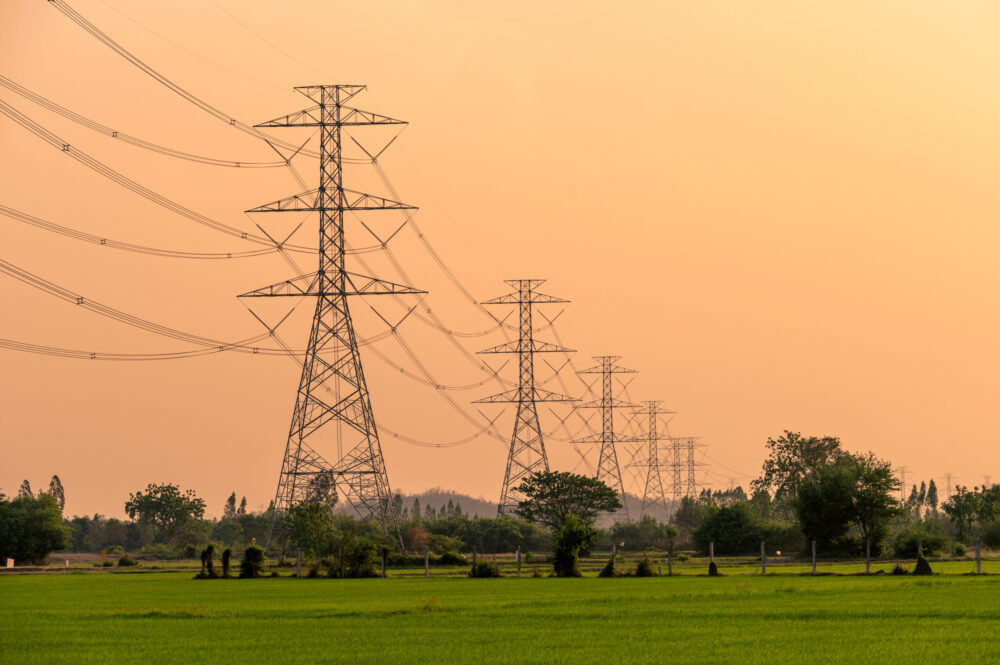The rush to build out AI infrastructure is changing how big companies spend money, and it’s having a real impact on the economy and the global energy landscape. Creative financing has caused some to worry about parallels to the turn-of-the-millennium fiber-optic boom and crash, which led to numerous bankruptcies.*
The explosion in generative AI (artificial intelligence) tools has triggered a historic wave of capital expenditure, with so-called hyperscalers like Microsoft, Google, and Meta on track to spend more than half a trillion dollars on AI infrastructure by 2029. Included in this enormous bill are data centers, specialized chips, and power grid upgrades. The energy consumption of this infrastructure is immense, impacting local power bills and potentially reshaping the domestic energy industry. While this spending has become a major driver of U.S. gross domestic product (GDP) growth in 2025, its sustainability is uncertain.
Ultimately, only end-user demand will generate the revenue to support all this investment. Today, revenue is heavily concentrated among chipmakers like Nvidia, while cloud providers operate on thin margins and software applications are still in early monetization stages. A complex web of circular investments—where tech giants fund startups that then spend on their platforms—raises concerns about inflated numbers.
Historical parallels to the fiber-optic land rush amid the dot-com boom suggest that while infrastructure overbuilds can pay off for society, there will be casualties unless downstream demand accelerates. Market valuations for chipmakers, cloud services providers, and venture-backed model builders all depend on the capex boom generating a real return in the next few years.
*Source: https://www.delloro.com/news/data-center-capex-to-grow-at-21-percent-cagr-through-2029/
Read the full whitepaper here.
If you have any questions regarding this topic, please send an email to info@hbwealth.com or call 404.264.1400.
Important Disclosures
This article may not be copied, reproduced, or distributed without HB Wealth’s prior written consent.
All information is as of the date above unless otherwise disclosed. The information is provided for informational purposes only and should not be considered a recommendation to purchase or sell any financial instrument, product, or service sponsored by HB Wealth or its affiliates or agents. The information does not represent legal, tax, accounting, or investment advice; recipients should consult their respective advisors regarding such matters. This material may not be suitable for all investors. Neither HB Wealth nor any affiliates make any representation or warranty as to the accuracy or merit of this analysis for individual use. This information contains forward-looking statements, predictions, and forecasts (“forward-looking statements”) concerning our belief and opinions in respect to the future. Forward-looking statements involve risks and uncertainties, and undue reliance should not be placed on them. There can be no assurance that forward-looking statements will prove to be accurate, and actual results and future events could differ materially from those anticipated in such statements. Certain information herein is based on third-party sources believed to be reliable, but which have not been independently verified. Past performance is not a guarantee or indicator of future results; inherent in any investment is the risk of loss. Specific investments described herein do not represent all investment decisions made by the above date. The reader should not assume that investment decisions identified and discussed were or will be profitable. Specific investment advice references provided herein are for illustrative purposes only and are not necessarily representative of investments that will be made in the future. Investors are advised to consult with their investment professional about their specific financial needs and goals before making any investment decision. HB may hold positions (long or short) in the companies mentioned in this paper.













Q4 Key Economic & Investment Themes
As the stock market continues its rally in Q4, we are hearing the following question…
Read More